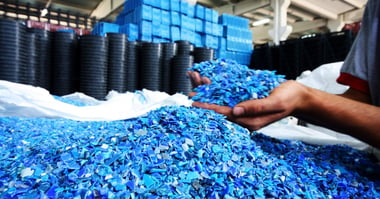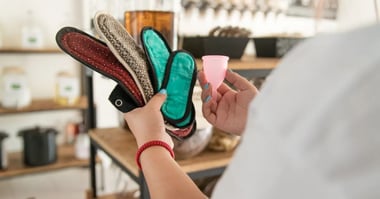
Tamara Davison
Tamara Davison is a journalist who specializes in sustainability and the environment. Reporting from around the world, she's seen firsthand the direct impact waste is having on coastal communities and our oceans. As a diver trained in ecological monitoring, the changes Tamara has seen in marine habitats inspired her to action. She's previously written for The Guardian, The Independent and the Evening Standard. She's also produced environmental documentaries for EuroNews.
Beauty brands are learning to embrace sustainable practices — like ditching harmful ingredients and wasteful plastic packaging — but we still have some progress to make. It’s time for industry leaders to firmly commit to change.
So how can you navigate this evolving market and embrace ethics and aesthetics the right way? Find out in this helpful guide.
Want to find out how your beauty brand can reduce plastic waste? Check out our guide on Sustainable Strategy for Beauty Brands, where you can find advice on how to reduce your plastic packaging, the benefits of introducing a greener strategy, and guidance on the first steps.
What’s on this page?
01 | What is sustainable beauty?02 | What makes a beauty product sustainable?
03 | Examples of sustainable beauty brands
04 | Why is plastic so hard to remove from cosmetic products?
05 | What is greenwashing in the beauty industry?
06 | Can the beauty industry ever be fully sustainable?
07 | Summary
08 | FAQs
What is sustainable beauty?
Simply put, the sustainable beauty industry focuses on products that are good for the planet and consumer health.
They’re sustainable because the ingredients are safe and non-toxic, and they don’t include overexploited resources. What’s more, manufacturers may use eco-friendly packaging in sustainable beauty items, and make products in factories that ensure fair worker treatment.
No official dictionary definition exists for sustainable beauty. That’s because the term factors in everything from ingredients and manufacturing processes to packaging and social responsibility.
Brands that champion sustainable beauty are also expected to incorporate their environmental impact into broader business considerations. By being transparent and clear about their sustainable commitment, these brands enable consumers to make conscious choices about ethical beauty practices.
Why is this movement necessary? Well, the beauty industry currently produces at least 120 billion pieces of packaging each year. Want to learn more? Check out our page: The Environmental Impact of the Beauty Industry.
What makes a beauty product sustainable?
There are a lot of factors that contribute to the sustainability of a product. Here are some of the most important ones:
Ingredients
Sustainable beauty ingredients are non-toxic for both humans and the environment. This requires sourcing ingredients responsibly, and extracting them in ways that don’t negatively impact the planet or deplete natural resources.
As well as responsible sourcing, brands prioritize ingredients that have a minimal impact on the environment, even after use. That’s why sustainable beauty brands often focus on organic, natural ingredients that can decompose. There are many ingredients that fall into this category such as essential oils, natural clays and botanical extracts.
Manufacturing
Manufacturing practices associated with sustainable beauty brands should be energy-efficient. Brands can minimize the impact of production by using less water or electricity, or by utilizing green energy sources.
In a normal cosmetic supply chain, a number of products get damaged in transit or on shop shelves. These products are sometimes deemed unsellable and get sent straight to landfill, becoming waste instead of being re-sold or re-purposed. In light of this, reducing unnecessary waste, as a byproduct and in transit, is another big focus in sustainable beauty.
Packaging
Reports have found that around 120 billion units of plastic packaging are annually produced by the cosmetics industry. According to the British Beauty Council, around 70% of the industry’s waste comes from packaging.
Luckily, environmentally friendly packaging has evolved in recent years. Many brands are reducing unnecessary packaging, such as external boxes and pointless plastic wrappers. Moreover, some are opting for compostable packaging, like those made from mushrooms or seaweed.
Cruelty-free
Cruelty-free products avoid animal testing. This is synonymous with sustainable beauty, as it demonstrates a commitment to all parts of the natural world. It’s all about ethics and supporting living things instead of taking advantage of them.
There are several certifications brands can acquire that prove they don’t test on animals. The leaping bunny logo is one of the most well-known, and getting this certification demonstrates your commitment to a beauty industry free of animal cruelty.
A lot of sustainable beauty brands take this up a notch by ditching animal-based ingredients altogether. Vegan brands, such as Milk Makeup, are proof that you can provide animal-friendly products without compromising on quality.
Why is sustainable beauty important?
Unsustainable beauty practices impact everything, from our oceans and wildlife to our health. Yet many brands and consumers alike don’t take it seriously enough – yet.
A lot of people still throw away products that ultimately pollute our environment. On average, only 14% of cosmetic waste reaches recycling centers, and a fraction of that actually gets recycled. The problem is twofold: few cosmetics are actually made of materials that can be recycled in the first place, and even fewer of those get recycled.
Contrary to popular belief, not all plastic is recyclable — and it’s definitely not recyclable if there’s unwashed foundation or conditioner residue in it.
Luckily, there are a number of ways beauty brands can reduce plastic packaging. By working with environmentally friendly ingredients, and using compostable packaging and product materials that limit waste, cosmetic brands can take a leading role in shifting the narrative.
A recent CleanHub survey found that 63% of consumers deemed sustainable or clean beauty to be extremely or very important.
Cosmetic brands that want to connect with the shoppers of the future should take note. Not only does sustainable beauty have a positive impact on our planet, but it also helps you align with the growing number of environmentally-driven consumers.
Examples of sustainable beauty brands
Some of the world’s most well-known cosmetic brands have already embraced sustainable beauty. We’ve listed a few examples of brands tackling the topic below:
- Sunday Riley – This cult classic among Gen Z and millennials has all the hallmarks of a sustainable beauty brand on a mission. It’s a certified B Corp company that’s committed to clean beauty practices and natural ingredients. Sunday Riley is a huge advocate for waste reduction and embracing a circular economy by turning its natural byproducts into animal food supplements and natural fertilizers
- Origins – This skincare brand was born out of love for all things natural. Not only are its products free of any nasty toxic chemicals, but Origins also has an entire mission to restore ecosystems. The brand has planted over 2.3 million trees and uses packaging that can be “recyclable, refillable, reusable, recycled, or recoverable”
- UpCircle – A brand that is committed to creating a circular economy model in the beauty world. Not only does UpCircle use fully recyclable packaging, but it also repurposes ingredients and offers refills on most of its products. UpCircle offers refills at a lower cost than buying a new product meaning it’s cost-effective and appealing to customers
Why is plastic so hard to remove from cosmetic products?
The reliance on plastic stems from several factors: traditional manufacturing methods, ease of use, consumer habits, and efforts to extend the longevity of products.
A 2022 report by the Plastic Soup Foundation found that nine out of ten products from major cosmetic brands contained microplastics. While microplastics can make cosmetics feel silky soft, we all know they’re bad for the environment and bad for our health. It’s clear, however, that the key to resolving this is complicated.
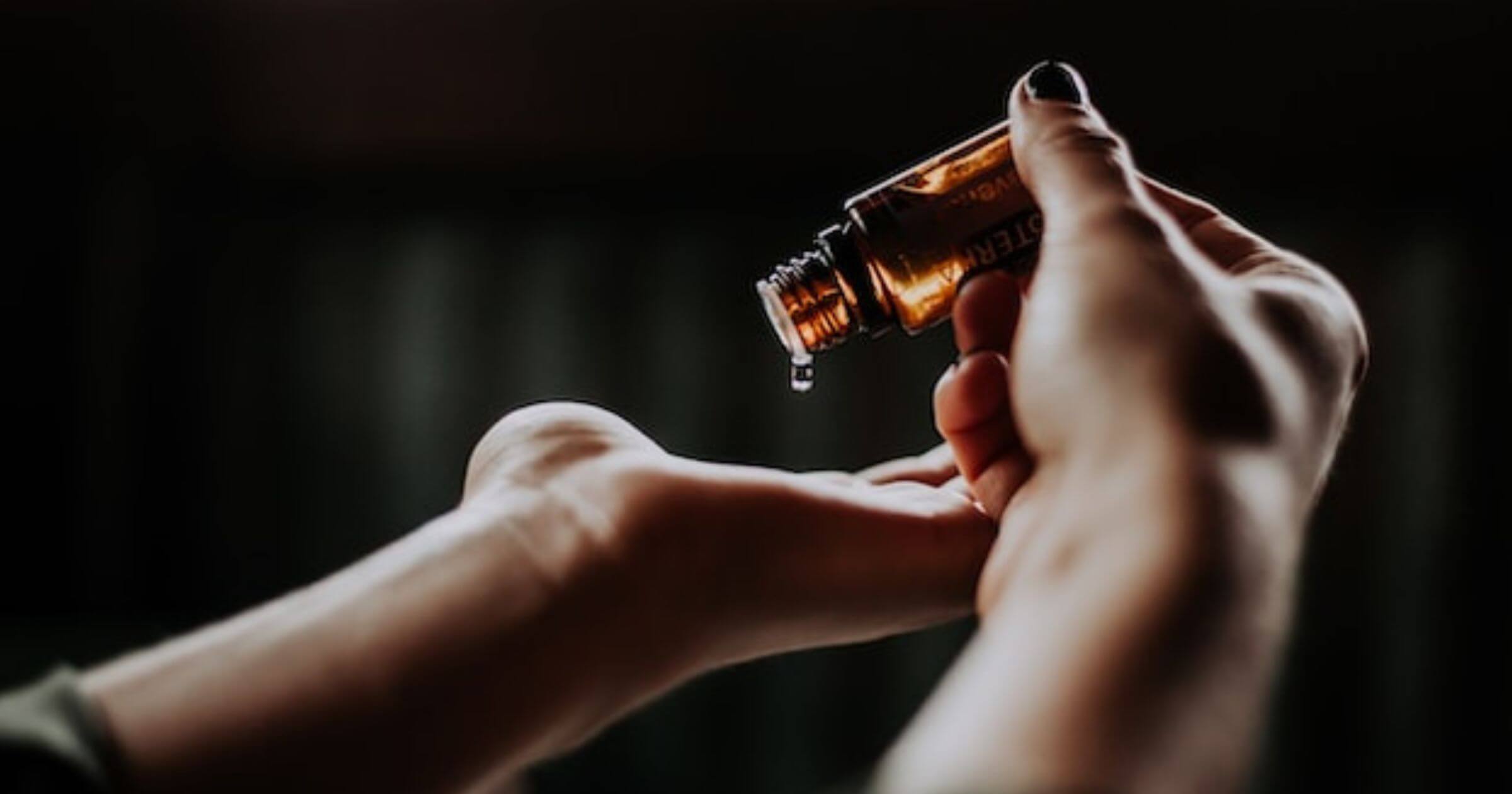
What is greenwashing in the beauty industry?
Greenwashing is when a brand makes false or misleading claims about its environmental commitment. As more cosmetic brands claim to be sustainable, it’s harder to identify which are true to their word.
There’s also currently little regulation that polices sustainable beauty claims and marketing.
Top tips on how consumers can spot greenwashing in the beauty industry
Spotting greenwashing in the beauty industry can sometimes be challenging. But, there are ways that beauty lovers can ensure they’re really supporting sustainable practices.
- Check the labels for vague language, or imagery and logos that imply the product is environmentally friendly without backing up its claims.
- Scrutinize the ingredients (even though we know those tiny beauty product labels are often hard to read).
- Look for certifications from official certification schemes, such as B Corporation, ECOLOGO, Leaping Bunny, and Fairtrade.
- Do your online research by checking their website and social media to see if sustainability is a consistent theme. Make sure any claims about values and actions are backed by proof.
- Support transparency and look for brands that are open about their manufacturing, supply chain, and worker rights.
How can beauty brands avoid greenwashing?
Greenwashing negatively impacts the planet and affects consumer loyalty. Some businesses might not even realize they’re greenwashing (although some do so intentionally). To combat this, brands can embed transparency throughout their business model.
That means genuinely upholding sustainability claims, making sure they’re impactful, and clearly demonstrating their validity to consumers and your community.
Here are some top tips on how to avoid greenwashing in the beauty industry:
- Commit to open and clear communication about sustainability
- Don’t make vague claims
- Regularly share reports and statistics that prove your impact
- Get accredited and align with industry standards
- Make sure your entire team — from leadership to shop floor — is educated about greenwashing risks
- Focus on marketing that accurately describes your products
- Build a community that your shoppers feel part of
- Be open and responsive to criticism or greenwashing allegations
Can the beauty industry ever be fully sustainable?
What a big question! We know there’s a long way to go but at CleanHub we’re feeling pretty optimistic. That’s because more brands are discovering the value of embracing a circular economy, which is key to a sustainable beauty future.
A circular economy model believes that products and materials can be reused in a closed loop, instead of the linear trajectory of manufacturing, use, and disposal. This reduces waste, limits the demand for raw materials, and helps protect the environment.
In the beauty industry, this would mean ingredients, products, and packaging are reused and recycled, and can remain in circulation. Some things stand in the way of this, such as consumer habits and technological limitations. But some brands, such as UpCircle, have demonstrated that a beauty-driven circular economy is possible.
The key to achieving this is collaboration — between brands, NGOs, government bodies, retailers, manufacturers, and most importantly, beauty shoppers.
Summary
The beauty industry is making huge strides in its sustainability efforts. Inspired by more environmentally-savvy shoppers, the beauty market is slowly coming around to the idea of embracing a circular economy. However, there are still some inherent industry challenges that the cosmetic world needs to tackle. Working with other brands, and sharing resources as well as knowledge can help make sustainable beauty a reality.
CleanHub is committed to stopping plastic from going into our oceans. We do this by making plastic waste valuable and facilitating plastic recovery from products in a range of sectors. We partner with brands and help them fund the collection and disposal of ocean-bound plastic.
The brands that we work with are some of the most influential and environmentally-savvy businesses around. Our approach means they can contribute to a global circular economy.
Want to find out how your beauty brand can reduce plastic waste? Check out our guide on Sustainable Strategy for Beauty Brands, where you can find advice on how to reduce your plastic packaging, the benefits of introducing a greener strategy, and guidance on the first steps.
FAQs
What is sustainable beauty?
Sustainable beauty brands are committed to the health of consumers and the planet. These products are non-toxic and environmentally friendly. By being open about their ingredients and environmental impact, these brands empower consumers to make ethical choices.
How can we make beauty sustainable?
From sourcing and manufacturing to operating with transparency and inspiring customers, many things can make beauty more sustainable. All of this forms part of a circular economy, one where things can be reused in a closed loop.
What are the sustainability issues in beauty?
Waste is one of the biggest issues facing the beauty industry, with concerns linked to single-use plastic packaging and the poor disposal of containers. Harmful chemicals and ingredients can leak into the environment, negatively affecting our ecosystems.

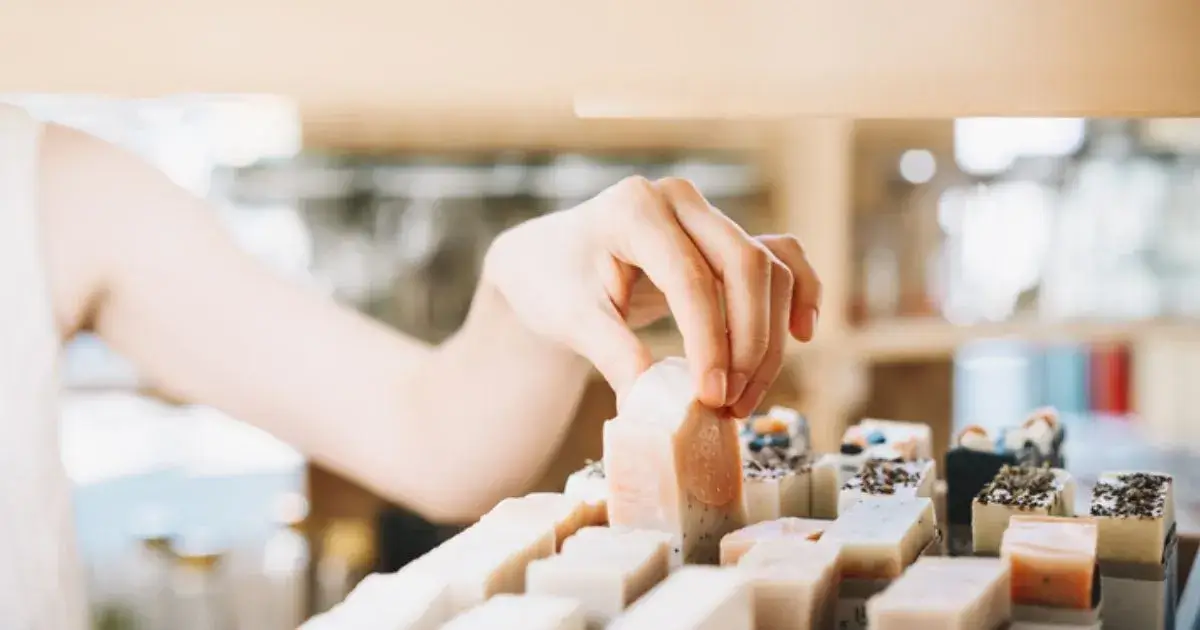
.webp?width=380&name=Plastic-free-soap%20(1).webp)

%20(1).webp?width=380&name=Summer%20(1)%20(1).webp)
.webp?width=380&name=Cosmetics%20(1).webp)
.webp?width=380&name=Refill-beauty-product%20(1).webp)
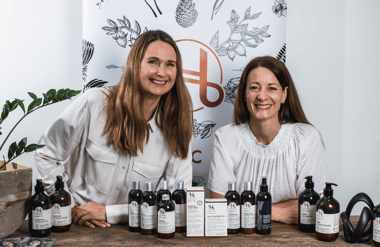
.webp?width=380&name=Sustainable%20clothes%20(1).webp)
.webp?width=380&name=Diversity-and-inclusion%20(1).webp)
